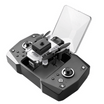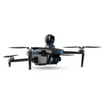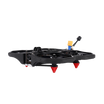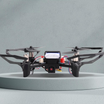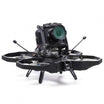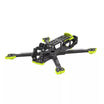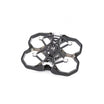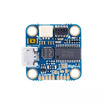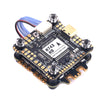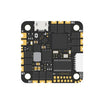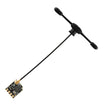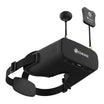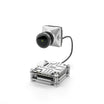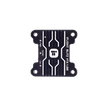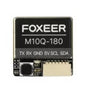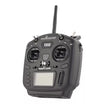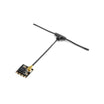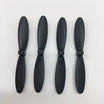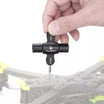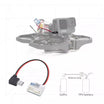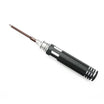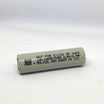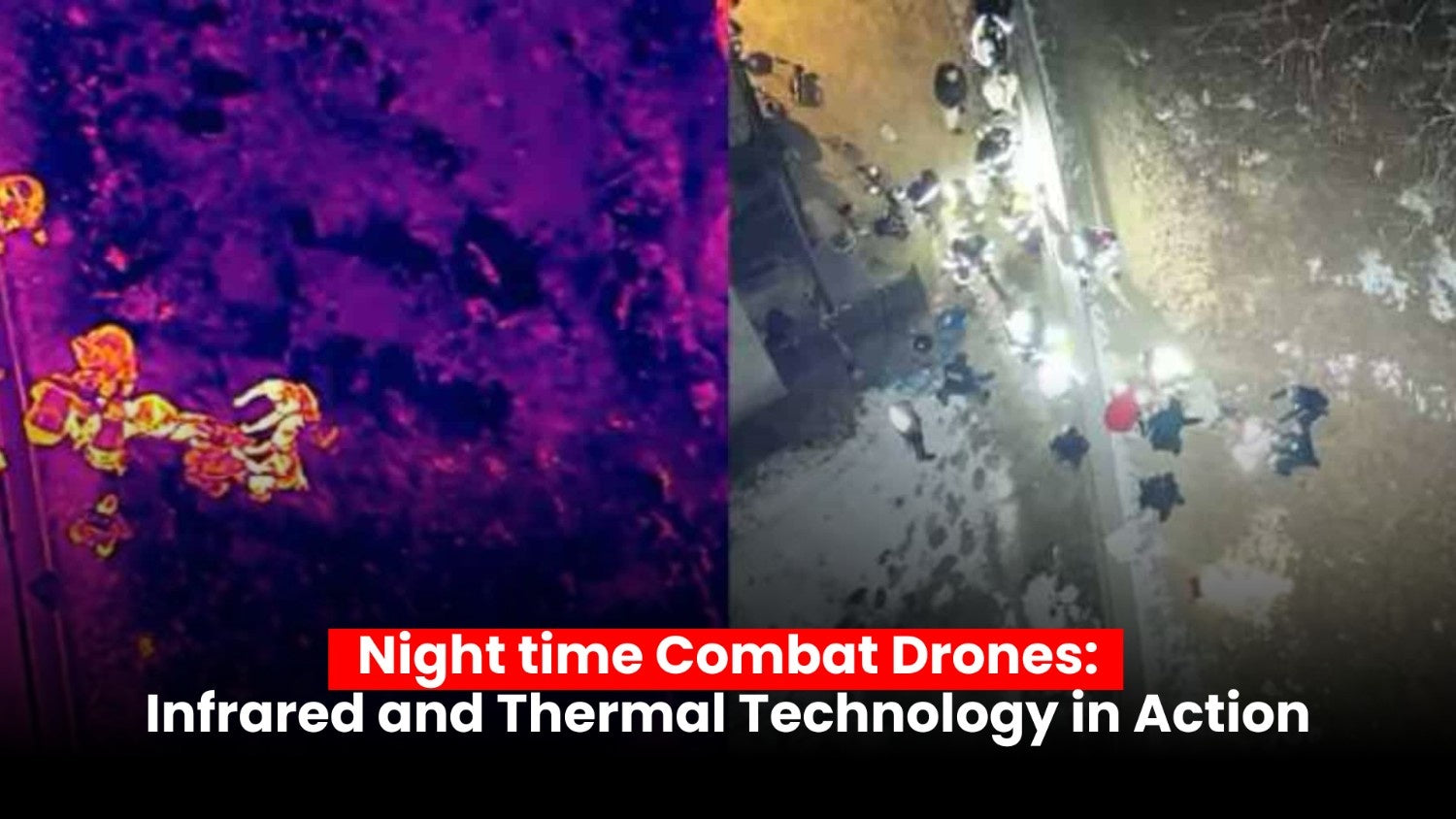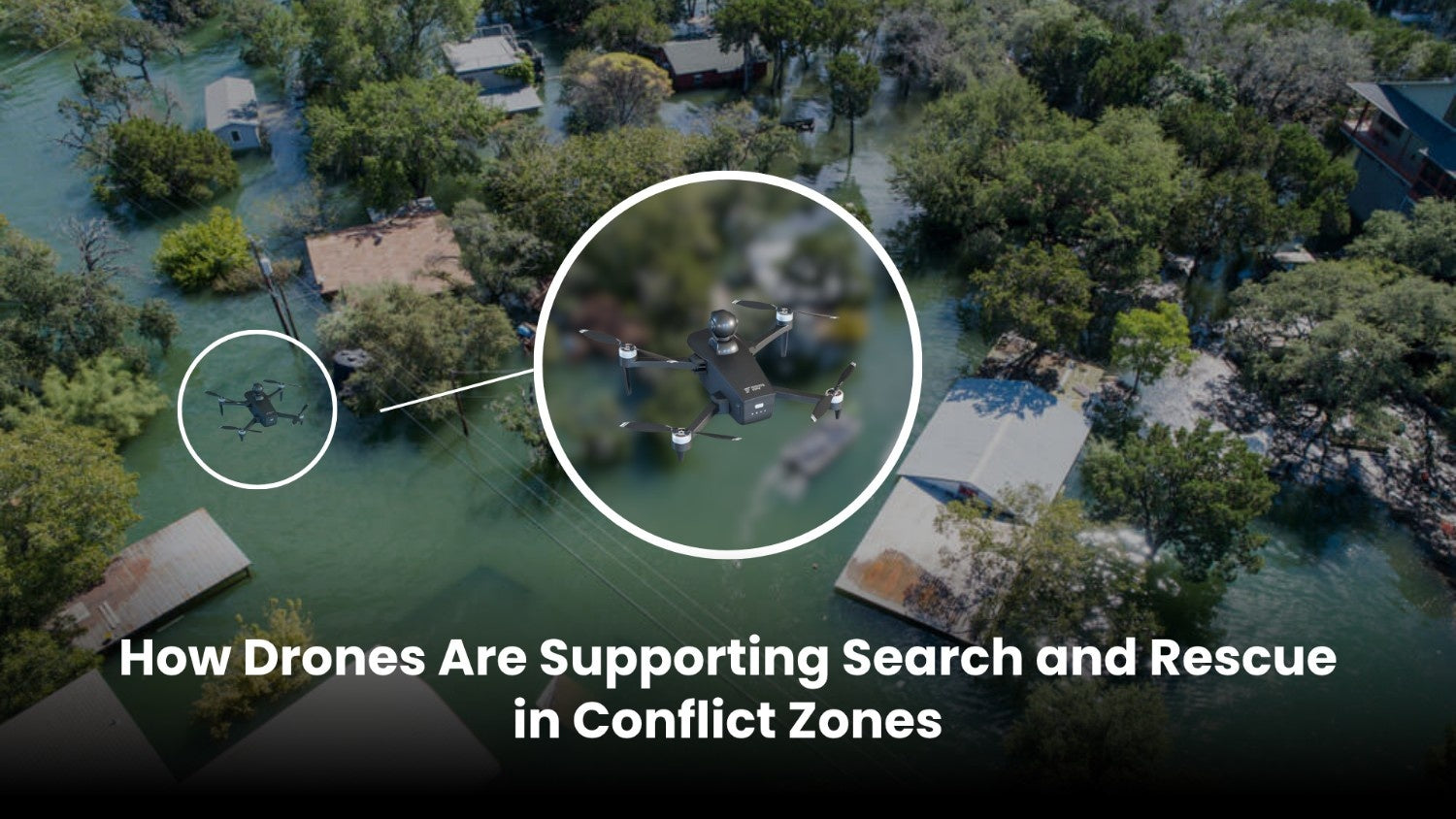In the modern theater of war and national security, drones have become indispensable tools. But not all drones are built the same. While some silently gather intelligence from miles above, others deliver targeted strikes with astonishing precision.
Understanding the distinction between reconnaissance drones and combat drones is essential to grasp how militaries operate in today’s high-tech battlefield.
In this guide, we will break down their key differences, evolving roles, and real-world applications in 2025.
What Are Reconnaissance Drones?
Reconnaissance drones are unmanned aerial vehicles used mainly for gathering information. These drones carry advanced sensors like optical cameras, infrared scanners, synthetic aperture radar, and signal interception tools. Their primary job is to observe, record, and transmit data without engaging in any form of attack.
They are used to:
-
Monitor enemy troop movements
-
Identify terrain conditions
-
Support mission planning with real-time intelligence
-
Map out strategic zones
-
Track supply lines and infrastructure
Recon drones are designed for long endurance missions. Some can stay airborne for over 40 hours, offering real-time aerial surveillance across conflict zones.
The US-made RQ-4 Global Hawk and India’s Tapas drone are leading examples, often supporting border patrol and disaster monitoring.
Also read: How insideFPV fits in India’s leading drone defense future
What Are Combat Drones?
Combat drones, often referred to as armed drones or UCAVs, are designed for strike missions. These drones carry guided missiles, bombs, or loitering munitions and are deployed to eliminate specific targets.
Unlike recon drones, their purpose is offensive. They can take off, locate targets using sensors or human input, and deliver a payload with high accuracy. Some models even feature AI-assisted targeting for quicker decision-making in the battlefield.
Combat drones are used for:
-
Precision airstrikes
-
Destroying enemy air defenses
-
Targeting high-value enemy assets
-
Supporting manned aircraft during missions
-
Eliminating threats in hard-to-reach zones
Examples include the MQ-9 Reaper from the US, Turkey’s Bayraktar TB2, and India’s newly developed Rudrastra. These drones have become central in modern warfare, offering firepower without risking pilot lives.
Key Differences Between Reconnaissance and Combat Drones
Here is a direct comparison to understand what separates these two types of drones.
|
Feature |
Reconnaissance Drones |
Combat Drones |
|
Purpose |
Information gathering |
Offensive strikes |
|
Payload |
Cameras, sensors, radars |
Missiles, bombs, explosive warheads |
|
Endurance |
Long flight times |
Medium to short flight duration |
|
Targeting |
Passive observation |
Active engagement |
|
Autonomy |
Human controlled or semi-automated |
Often assisted by AI or fully autonomous for targeting |
|
Risk Level |
Low (non-lethal) |
High (lethal force) |
The Blurring Line Between Reconnaissance and Combat
In recent years, military forces have started combining recon and combat features into single drone platforms. This shift reflects the growing demand for multi-role systems that reduce logistical burdens while increasing tactical flexibility.
Hybrid Drones in Action
India’s Nagastra 1 is a perfect example. Originally developed for loitering missions, it now carries both recon sensors and explosive payloads. It is designed to hover over targets, record intelligence, and then engage once a strike is approved.
Similarly, Turkey’s Bayraktar Akıncı features both surveillance tech and missile systems. This dual-role capability makes it useful for long operations in high-risk zones.
Drone Swarms and AI
Swarm drones are becoming increasingly relevant in both surveillance and attack missions. These are small drones deployed in groups, each playing a specific role. Some carry sensors while others are armed, and together they function as a single coordinated unit.
Also read: Kamikaze drones vs traditional combat: Key differences
Real Use Cases from Today’s Conflicts
Let us look at how these drones are used on the ground in 2025, showcasing both types across active zones.
Ukraine and Russia
Ukrainian forces frequently use FPV drones with onboard cameras to scout Russian trenches. Once a target is spotted, strike drones are deployed to hit with precision. Russia has responded with jamming-resistant drones that carry both sensors and munitions.
Indian Borders
India is deploying indigenous systems like Rudrastra and Nagastra 1 along the Line of Actual Control. These drones offer both observation and surgical strike capabilities, especially useful in mountainous terrain where manual surveillance is difficult.
Middle Eastern Recon Missions
Countries like the UAE and Saudi Arabia use long-endurance recon drones to monitor vast desert areas. These drones help track smuggling routes, monitor militant activity, and offer persistent eyes on volatile zones.
US Loyal Wingman Programs
The US Air Force has launched new collaborative combat aircraft like the Ghost Bat and Fury. These drones fly alongside fighter jets, gather battlefield intelligence, and can independently strike enemy targets. It is one of the most advanced integrations of recon and combat roles into one operational unit.
Disaster Response and Reconnaissance
Not all recon drones are military-focused. Governments and aid agencies use them for post-disaster assessment. After the 2024 earthquakes in Turkey and Morocco, drones were deployed to scan affected zones, identify survivors, and guide rescue teams.
The gap between reconnaissance drones and combat drones is closing fast. As countries race to develop smarter, more adaptable systems, drones are no longer just tools of observation or attack. They are turning into complete battlefield solutions, capable of delivering intelligence and engaging enemies in the same mission.
Frequently Asked Questions
What is the main purpose of reconnaissance drones?
Reconnaissance drones are used to collect intelligence, monitor movements, and support decision-making without engaging in combat.
Are combat drones controlled by humans or AI?
Most combat drones are human-controlled but may use AI to assist with targeting, navigation, or loitering over a mission zone.
How are drones changing warfare in 2025?
Drones are reducing soldier risk, enabling precision strikes, supporting real-time intelligence, and reshaping how battles are fought across land, sea, and air.
Which countries are leading in drone technology today?
The US, Turkey, Israel, China, and India are some of the leaders in both surveillance and strike drone development as of 2025.

